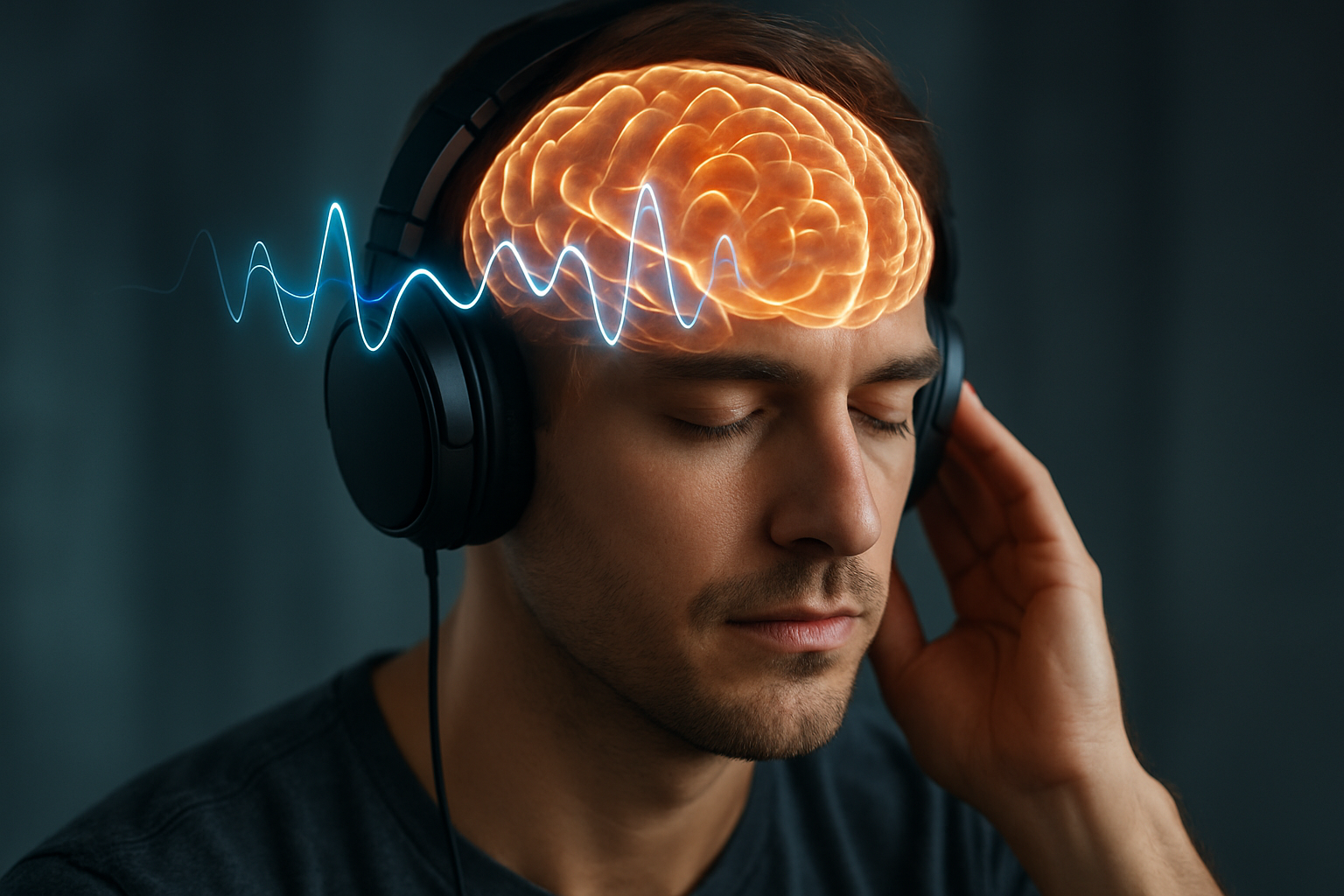Unveiling the Potential of Binaural Beats for Cognitive Enhancement
Imagine a world where you could sharpen your focus, boost your creativity, and enhance your memory with just the power of sound. What if a simple pair of headphones could unlock hidden potential within your brain? This isn't science fiction – it's the intriguing realm of binaural beats, a cutting-edge technique that's capturing the attention of neuroscientists and wellness enthusiasts alike.

First discovered in 1839 by Heinrich Wilhelm Dove, a Prussian physicist and meteorologist, binaural beats remained a curious phenomenon for over a century. It wasn’t until the 1970s that Gerald Oster, a biophysicist, published research suggesting potential applications for this auditory illusion in cognitive and neurological research.
How Binaural Beats Influence Brain Activity
The key to understanding binaural beats lies in the concept of brainwave entrainment. This refers to the brain’s tendency to synchronize its electrical activity with external stimuli, particularly rhythmic sounds or light. When exposed to binaural beats, the brain attempts to match its brainwave frequency to the perceived beat frequency.
Different brainwave frequencies are associated with various mental states:
-
Delta waves (0.5-4 Hz): Deep sleep and healing
-
Theta waves (4-8 Hz): Meditation and creativity
-
Alpha waves (8-13 Hz): Relaxation and light meditation
-
Beta waves (13-30 Hz): Alert and focused states
-
Gamma waves (30-100 Hz): High-level information processing
By creating binaural beats that correspond to these frequencies, researchers hypothesize that it’s possible to induce specific mental states and potentially enhance cognitive functions.
Current Research and Potential Benefits
While the field is still emerging, several studies have shown promising results for binaural beats in various areas of cognitive enhancement:
-
Improved Focus and Attention: A 2017 study published in the journal Psychological Research found that exposure to beta-frequency binaural beats was associated with improved attentional control.
-
Enhanced Memory: Research in the Journal of Cognitive Enhancement suggested that theta-frequency binaural beats could improve working memory performance.
-
Reduced Anxiety: A study in the Alternative Therapies in Health and Medicine journal reported decreased pre-operative anxiety in patients who listened to binaural beats before surgery.
-
Better Sleep Quality: Some research indicates that delta-frequency binaural beats may help improve sleep onset and quality, though more extensive studies are needed.
-
Increased Creativity: While evidence is largely anecdotal, many users report enhanced creative thinking when listening to alpha or theta frequency binaural beats.
Practical Applications and Integration
Incorporating binaural beats into your daily routine is relatively simple. Many apps and online platforms offer pre-made binaural beat tracks designed for specific purposes, such as focus, relaxation, or creativity. Here are some tips for getting started:
-
Use stereo headphones for the best effect, as each ear needs to receive a different frequency.
-
Start with short sessions (15-30 minutes) and gradually increase duration as you become more comfortable.
-
Experiment with different frequencies to find what works best for you.
-
Combine binaural beats with other cognitive enhancement techniques, such as meditation or visualization exercises.
Limitations and Considerations
While binaural beats show promise, it’s important to approach them with a balanced perspective:
-
Individual responses can vary significantly, and what works for one person may not work for another.
-
Some people may experience mild side effects such as headaches or dizziness, especially when first starting.
-
Binaural beats should not be considered a replacement for medical treatment for cognitive or mental health issues.
-
More long-term studies are needed to fully understand the potential benefits and risks of regular use.
Binaural Beats: Quick Facts and Tips
-
Binaural beats work best at frequencies below 1000 Hz, with a difference between tones of no more than 30 Hz.
-
The perceived beat frequency is always equal to the difference between the two tones. For example, a 400 Hz tone in one ear and a 410 Hz tone in the other will produce a 10 Hz binaural beat.
-
Some experts recommend using binaural beats in conjunction with mindfulness practices for enhanced effects.
-
Consistency is key – regular use may lead to more noticeable benefits over time.
-
Be cautious when using binaural beats while driving or operating machinery, as they can affect alertness and perception.
The Future of Cognitive Enhancement
As our understanding of the brain and its rhythms continues to evolve, binaural beats represent an exciting frontier in non-invasive cognitive enhancement. While not a magic bullet, they offer a unique tool for those looking to optimize their mental performance and explore the depths of their cognitive potential.
As with any emerging wellness trend, it’s crucial to approach binaural beats with an open mind tempered by critical thinking. By combining scientific research with personal experimentation, we can unlock new possibilities for brain health and cognitive enhancement, one beat at a time.




